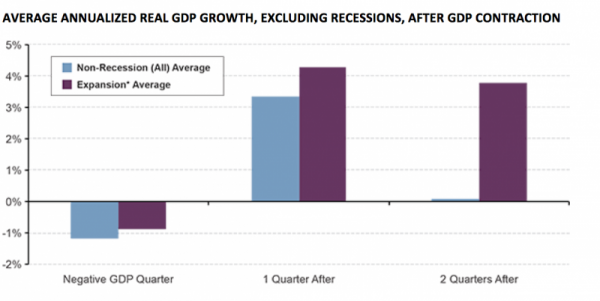The U.S. unemployment rate dropped to 6.1 percent in June from 6.3 percent, reminding us yet again of the underlying strength of the U.S. economy. Indeed, for the past four months, nearly every major sector of the U.S. economy has added jobs. The U.S. Federal Reserve is not likely to react hawkishly in the short term to the trending strength of the job market. In fact, they are likely to do all they can to continue their dovish support of jobs growth. Recent data on everything from hiring to housing tells us that the U.S. economy is truly firing on all cylinders, which is exactly what the Fed wants. And with the European Central Bank, Bank of Japan, and the People’s Bank of China all likely to maintain their accommodative monetary policy stances, the global investment environment remains positive.
Of course, while investors are enjoying this rather benign risk environment, it is important to guard against complacency. Back in April 2012, we wrote that CCC-bonds were poised to outperform the broader leveraged credit market. Since that time through the end of June of this year, CCC-rated bonds returned 29.6 percent on a total return basis, outperforming the Credit Suisse High Yield Index by 5.6 percentage points. Now in a general sense, credit spreads across the board may well have room to tighten further, but on a valuation basis, CCC-rated high yield bonds and CCC-rated bank loans are the most overvalued among fixed-income assets. While it may be seen as selling somewhat early, it is time to be cognizant of these overvaluation signals and consider adjusting portfolios toward greater exposure to higher-quality credits such as BB-rated and B-rate bank loans and bonds. I am reminded of the words of Baron Rothschild, who said the secret to his great wealth was that he sold early. Our High Yield and Bank Loan Outlook, published on Tuesday, explored the theme of degrees of overvaluation in leveraged credit in greater detail.
I believe we can expect a quiet summer with markets rolling along. However, considering past events is important when planning for the future, and recently I have been thinking of the summer of 1987. Investors at that time failed to recognize the levels of overvaluation present in the market. Reality only hit home on October 19th of that year, when U.S. stocks fell by more than 22 percent and markets around the world precipitously dropped in what became known as Black Monday. While I do not envision a stock market crash or financial crisis in the fourth quarter, we should learn from the lessons of the past and be wary of the danger of complacency.
U.S. Economy Poised for Strong Rebound
Since 1947, when the U.S. economy has not been in a recession, economic activity has only contracted in 11 quarters. This most recent quarter was the worst of these, with GDP shrinking by 2.9 percent. Following negative quarters that occur absent a recession, however, the average rebound in economic growth has been more than 3 percent. When an expansion is clearly underway, the average rebound has been over 4 percent, with economic growth two quarters after the decline averaging 3.8 percent.

Source: Haver, Guggenheim Investments. Data as of 7/7/2014. *Note: Expansion refers to any quarter more than two quarters before the beginning of a recession.
This material is distributed for informational purposes only and should not be considered as investing advice or a recommendation of any particular security, strategy or investment product. This article contains opinions of the author but not necessarily those of Guggenheim Partners or its subsidiaries. The author’s opinions are subject to change without notice. Forward looking statements, estimates, and certain information contained herein are based upon proprietary and non-proprietary research and other sources. Information contained herein has been obtained from sources believed to be reliable, but are not assured as to accuracy. No part of this article may be reproduced in any form, or referred to in any other publication, without express written permission of Guggenheim Partners, LLC. ©2014, Guggenheim Partners. Past performance is not indicative of future results. There is neither representation nor warranty as to the current accuracy of, nor liability for, decisions based on such information. Past performance is not indicative of future results. There is neither representation nor warranty as to the current accuracy of, nor liability for, decisions based on such information.
Scott Minerd is Chairman of Investments and Global Chief Investment Officer at Guggenheim Partners





